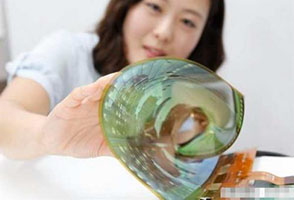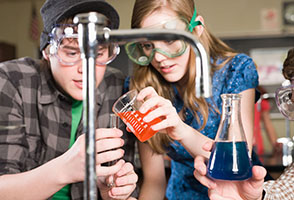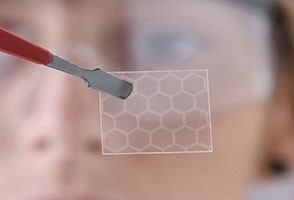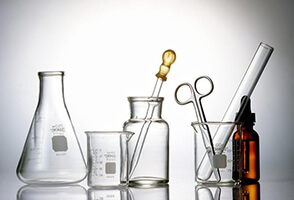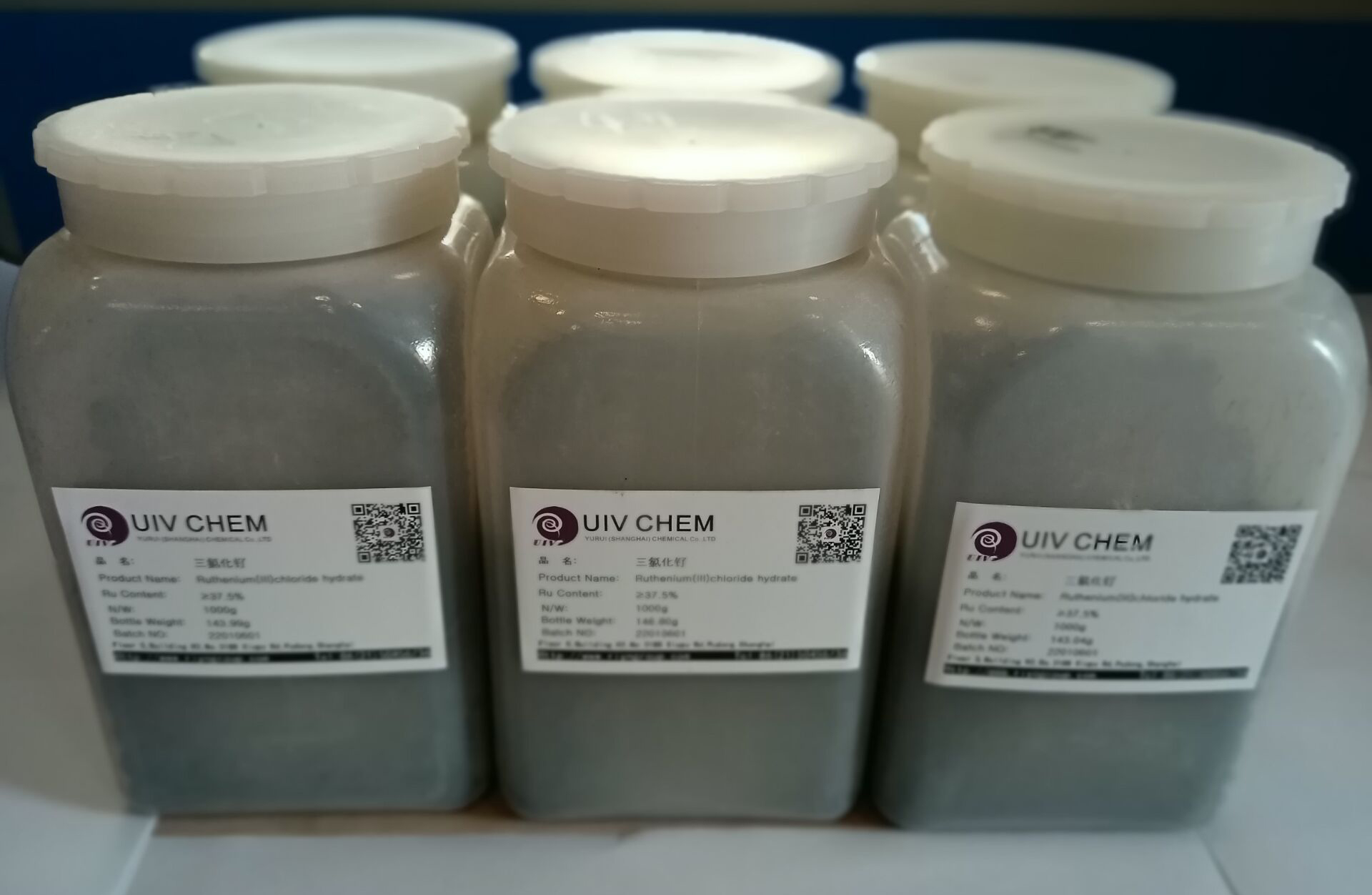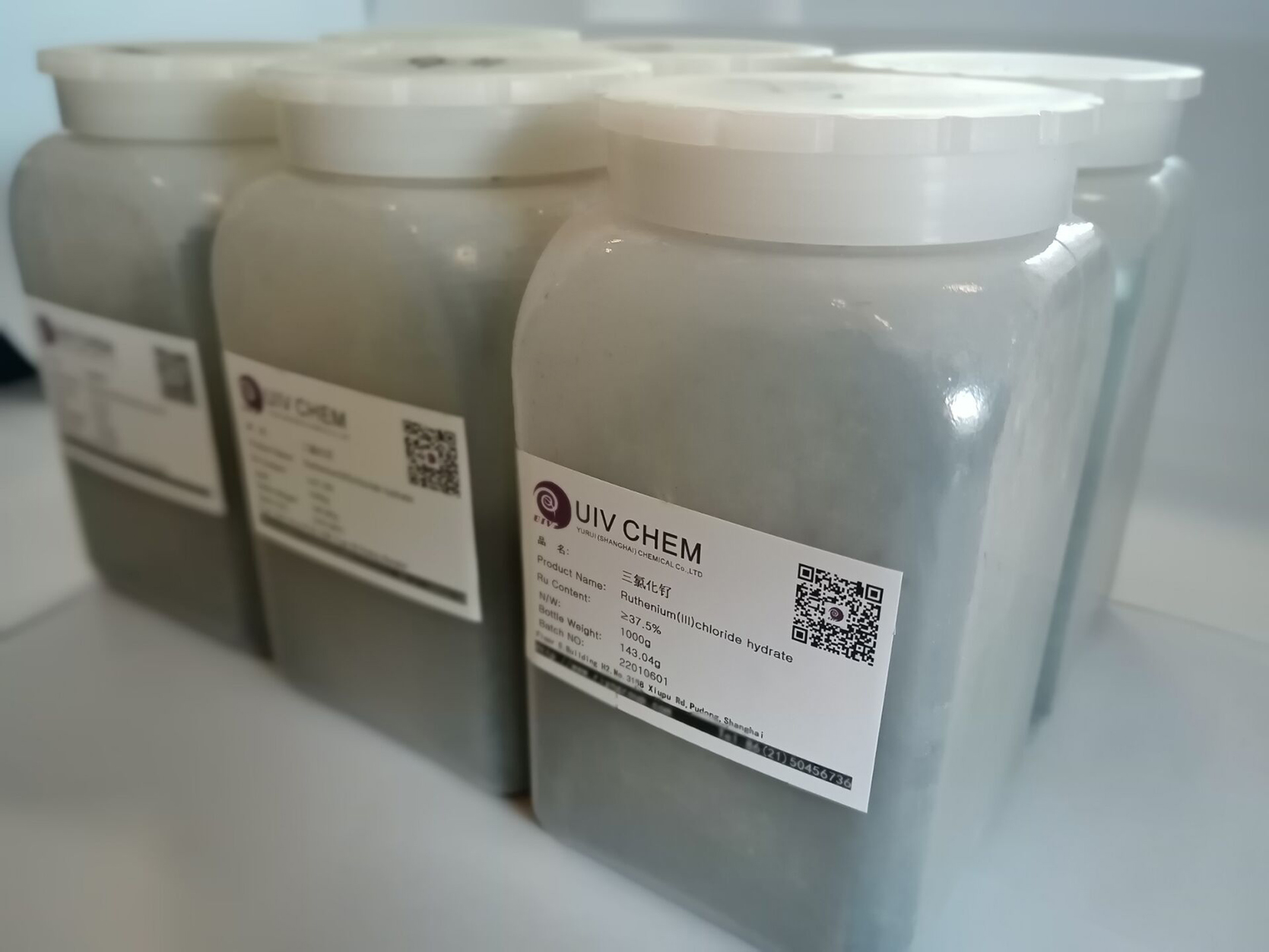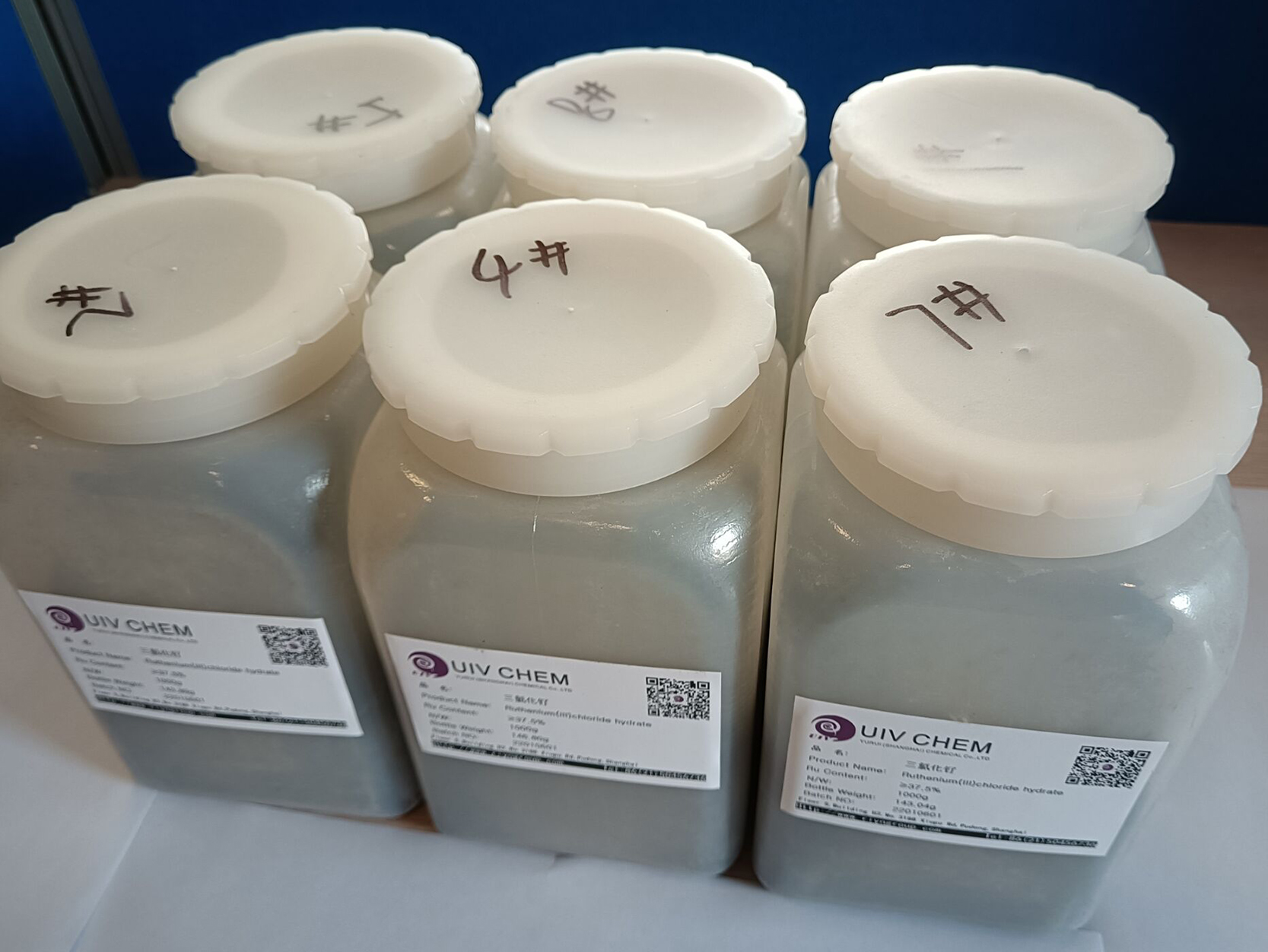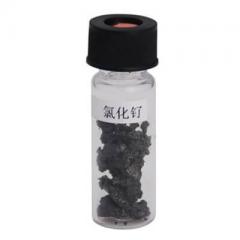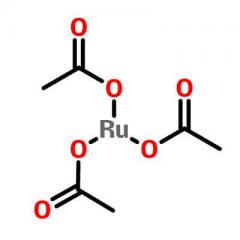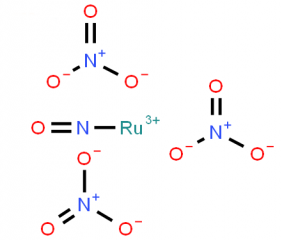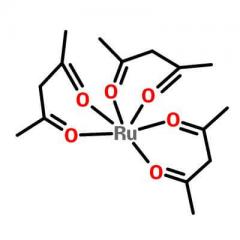Ruthenium(III) Chloride,10049-08-8,RuCl3
| Identification | ||
| Name |
|
Ruthenium(III) Chloride |
| Synonyms |
|
Ruthenium trichloride Ruthenium (III) Chloride Hydrate RUTHENIUM(III) CHLORIDE ANHYDROUS RUTHENIUM TRICHLORIDE ANHYDROUS Ruthenium sesquichloride |
|
|
||
| Molecular Structure |
|
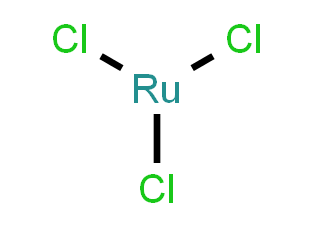 |
|
|
||
| Molecular Formula |
|
RuCl3 |
| Molecular Weight |
|
207.43 |
| CAS Registry Number |
|
10049-08-8 |
| EINECS |
|
233-167-5 |
| Properties | ||
| Ruthenium content |
|
37.00%up |
| Purity |
|
Purity of original ruthenium powder > 99.95% |
| Property |
|
Black block, soluble in water and ethanol |
| Specification |
|
Analytical pure |
| Appearance |
|
black crystal |
| Application |
|
Important material for producing chemical catalyst and other ruodium compounds |
| Density |
|
3.11 |
| Melting point |
|
500 ºC |
| Water solubility |
|
INSOLUBLE |
| Safety Data | ||
| Hazard Symbols |
|
C |
| Risk Codes |
|
R22;R34;R52/53 |
| Safety Description |
|
S26;S36/37/39;S45;S61 |
| Transport Information |
|
UN 3260 |
Ruthenium(III) Chloride uses:
Used as a pure reagent for spectroscopy.Used as a catalyst for the oxidative cyclization of 1,7-diene to oxepanediol.The tertiary carbon-hydrogen bond of the cyclic ether is hydroxylated with periodate or bromate.
Ruthenium(III) Chloride Application:
Ruthenium(III) Chloride physical and chemical properties:
Ruthenium trichloride is a reddish-brown or black leaf-shaped crystal, which is easily deliquescent.The relative density is 3.11, decomposed into simple substance when it is higher than 500℃.It is insoluble in cold water and carbon disulfide, and decomposes in hot water, but hardly soluble in ethanol, but soluble in hydrochloric acid.It reacts with potassium iodide solution to form and precipitates iodide. When hydrogen sulfide is passed into the solution, it is precipitated as diruthenium trisulfide, which can form corresponding ammonia, cyanide, and nitroso groups with ammonia, potassium cyanide and potassium nitrite.The complex with sodium amalgam or titanium trichloride is reduced to blue divalent ruthenium ion.
Production
Ruthenium(III) chloride hydrate is used as a catalyst in the dehydrogenation of arylmethyl alcohols to corresponding aldehydes. In addition, studies indicate that Ruthenium(III) chloride hydrate catalyzes the synthesis of 2-ethyl-3-methylquinolines from primary aromatic amines and triallylamine. This molecule is especially valuable in chemical reaction due to its stability in adjacent oxidation states. Furthermore, Ruthenium(III) chloride hydrate can act as a catalyst in acylation reactions for a variety of alcohols, phenols, and thiols at room temperature. Also Ruthenium(III) chloride is used as a catalyst in oxidation reactions containing organic reagents such as pyrenes.
Ruthenium(III) Chloride Methods
RuCl3, is made by direct chlorination of the metal at 700 °C (1,292 °F). Two allotropic forms result. The trihydrate is made by evaporating an HCl solution of ruthenium (III) hydroxide to dryness or reducing ruthenium (VIII) oxide in a HCl solution.
Safety Profile
Poison by intraperitoneal route. Incompatible with iron pentacarbonyl and zinc. When heated to decomposition it emits toxic fumes of RuO, and Cl-. See also RUTHENIUM COMPOUNDS.
Ruthenium (III) Chloride, Anhydrous is a commonly used starting material in ruthenium chemistry and as a catalyst in organic synthesis. Ungraded products supplied by UIV CHEM are indicative of a grade suitable for general industrial use or research purposes and typically are not suitable for human consumption or therapeutic use.
UIV Chem is a future -oriented scientific enterprise, is committed to using the power of science for human to seek sustainable development solutions, Now, Our excellent products have been serving in many leading companies in the field of OLED display, OLED light, environmental protection, new energy,chemistry, medicine, biology,etc. and leading a lot of industry technological innovation. For more information,welcome to Contact Us.

